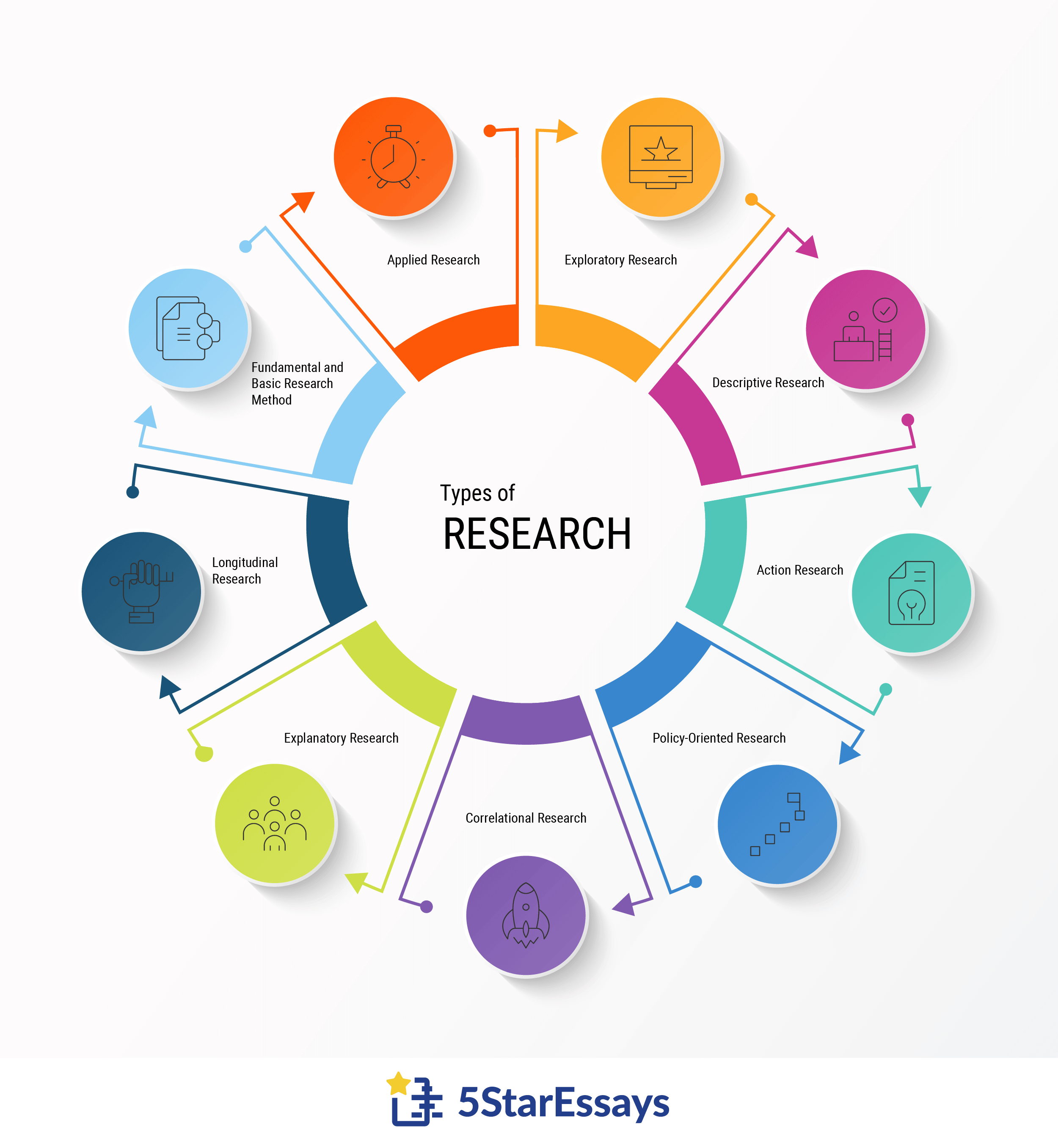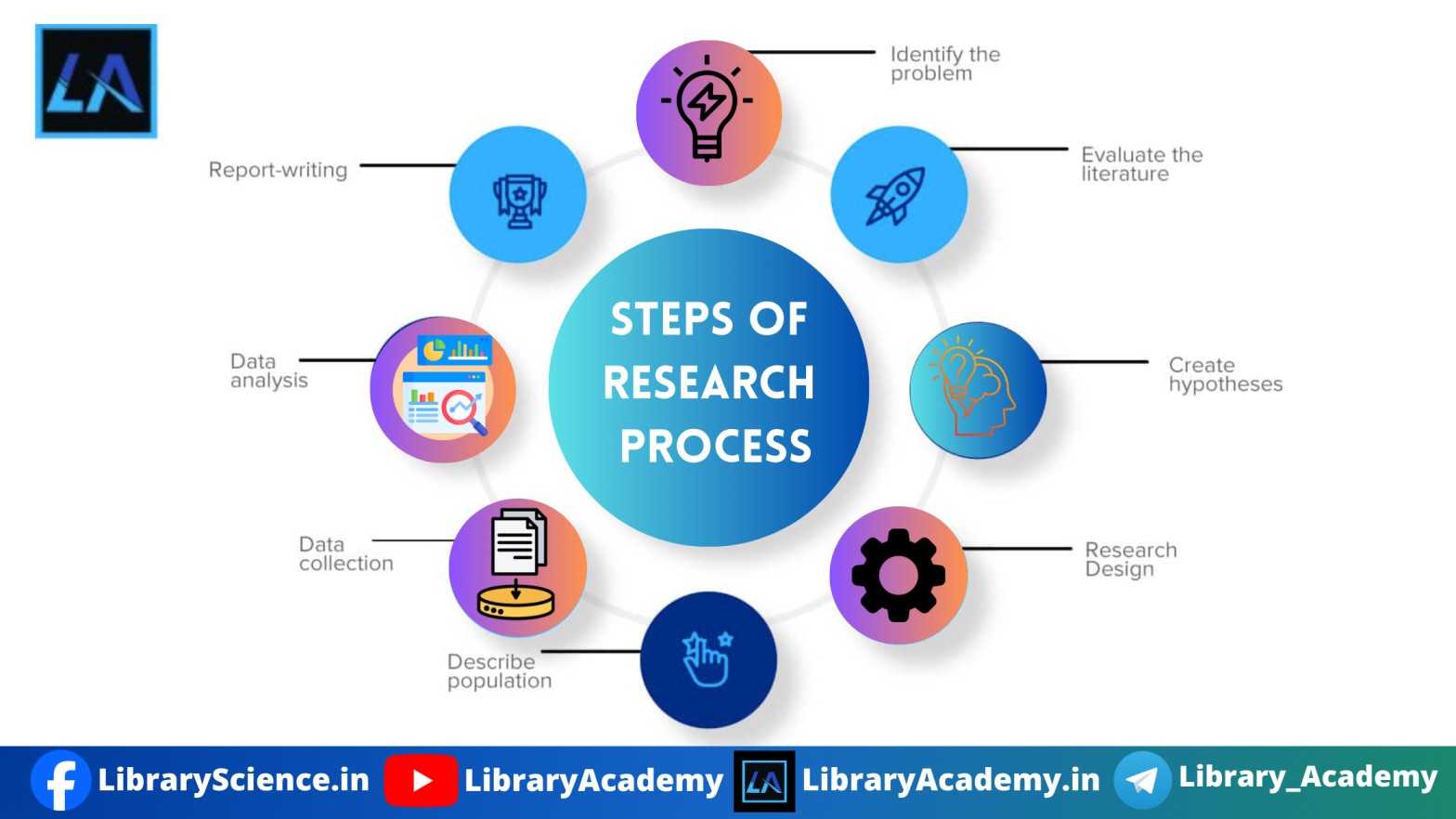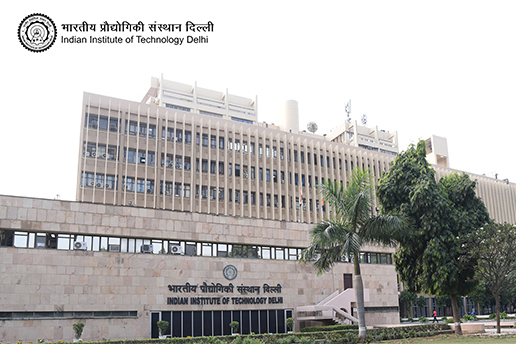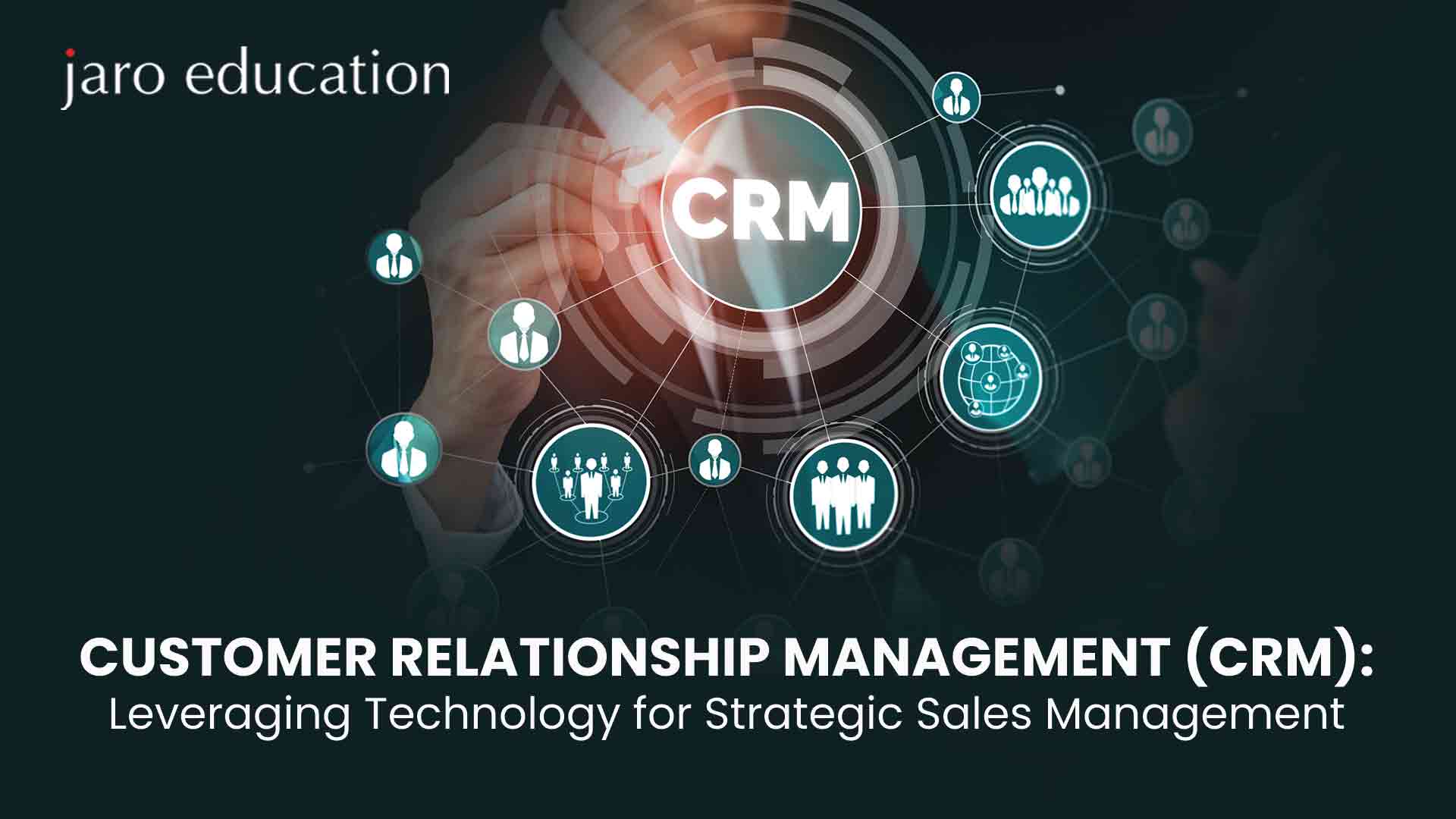Ultimate Guide to Research Methodology: Types, Purpose, Examples
Table of Contents

Research methodology is really the backbone of any research project. When we talk about methodology, we’re not just referring to a checklist of steps to follow; it’s more about a thoughtful and organised approach to gathering, analysing, and interpreting data. Imagine it like cooking—if you mess up the ingredients or the recipe, the final dish might not taste as good as you hoped! This applies whether you’re an undergraduate working on your first thesis, a professional tackling a market research project, or an academic diving into a theory.
In this guide, we are going to consider research methodologies. We will define research methodologies, explore examples of research methodologies, and then discuss why research methodologies are important to your research projects. We will try to make this content fun and engaging while also being illustrative and very useful for you. Hopefully, at the end of the guide, you will feel comfortable choosing a research methodology for your future research projects. So let’s get started!
Understanding the Research Methodology Definition
The research methodology definition is all about the planning done to perform research. This includes the theory, the data collection techniques, and the data analysis plan. The methodological approach will impact how you analyse your findings and how your audience assesses your work.
What Makes Research Methodology Important?
- Clarity: A methodological plan provides clarity on what the plan is for how the research will occur to help make it replicable.
- Validity: Using the appropriate techniques will enhance the validity of the research when addressing a research question.
- Reliability: A sound methodology will help ensure that results can be trusted for further research or practical use.
- Framework: A methodology will be a framework for interpreting data, and is important to aid in meaningful conclusions.

*5staressays.com
Types of Research Methodology
When you are designing a research methodology, you’ll come across several decisions. One of the key choices you will face is whether to do qualitative, quantitative, or a combination of the two. Qualitative and quantitative approaches both have their benefits and best use cases. Let’s dive into these research methodologies.
1. Qualitative Research Methods
Qualitative research methodology is a framework for studying people and their opinions, behaviours, and experiences. It involves gathering, reviewing, and analysing words and texts. Qualitative research methodologies require relatively fewer participants, but it is still more time-consuming because the time spent per participant is longer.
This methodology is used in exploratory research, where research problems are not well-formed. Here are five common qualitative methods to consider:
| Technique | Definition | Best For | Advantages | Limitations |
|---|---|---|---|---|
| In-depth Interviews | One-on-one conversations with open-ended questions. | Personal experiences, emotions, and motivations. | Rich data, flexible, deep insights into individuals. | Time-consuming, potential interviewer bias. |
| Focus Groups | Group discussions are led by a moderator. | Gathering diverse opinions. | Interactive, reveals group dynamics. | Dominant voices can skew the discussion. |
| Ethnographic Research | Observing people in their natural environment. | Understanding real-world behaviours. | Contextual understanding, authentic data. | Resource-heavy, subjective interpretations. |
| Case Study Research | Detailed investigation of a single case. | Studying complex phenomena in depth. | Detailed analysis, real-world application. | Limited generalizability, possible researcher bias. |
| Content Analysis | Systematic coding and analysis of texts or media. | Studying communication patterns. | Scalable, can be both qualitative and quantitative. | May miss nuance, context loss. |
Key Qualitative Techniques
- In-depth interviews: These are conversations between two people, the researcher and the interviewee, in which the researcher has opportunities to understand certain aspects of the interviewee’s motivation and the personal perception of experiences. This approach provides an opportunity for the researchers to gain information regarding decision-making processes at an individual level, which tend to be nuanced and complex. In-depth interviews can be resource-intensive in terms of time and money, and interviews can be open to bias from the interviewer.
- Focus groups: A focus group is a moderated conversation among a diverse group of participants that can provide rich sources of data or generate ideas. A focus group is most effective when conducting research that seeks feedback or some kind of idea generation. Like in-depth interviews, focus groups have potential biases. Let’s take the Research Methodology examples, as focusing on dominant voices can overshadow the voices that were less active or quieter, which can affect or skew the results.
- Ethnographic Studies: This method entails the researcher (or team of researchers) spending time in the participant’s natural environment, primarily for the purpose of collecting data based on understanding real behaviours and cultural phenomena. This method is valuable and can be rich, but often requires extensive resources (time, funding, etc.) to document and study behaviours, culture, etc.
- Case Study Studies: This method provides an in-depth study of a specific phenomenon or entity (e.g. person, group, organisation, etc.) While there are some valuable insights from case studies, and they can help an investigator understand complex issues in their natural setting, there are limitations to applying the findings to a broader population or context.
- Content Analysis: Content analysis is a systematic way to identify patterns in communication; in content analysis, we can look at texts, media, or other materials. Strengths of this method include finding patterns and the ability to systematically analyse and code content. Content analysis lacks the subtle interpretations of meaning, so everything is taken literally, which can impact subsequent analyses and interpretations/results.
2. Quantitative Research Methods
Quantitative research methodology emphasises the measurement and testing of numerical data. This method is preferred for its ability to reach a large population in a shorter time. Quantitative research allows researchers to test causal relations between variables, draw conclusions, and generalise conclusions to larger populations.
| Technique | Definition | Best For | Advantages | Limitations |
|---|---|---|---|---|
| Surveys & Questionnaires | Structured tools for collecting data using closed-ended questions. | Large-scale studies, public opinion. | Cost-effective, scalable, and easy to analyse. | Low response rates and potential bias. |
| Experimental Research | Controlled studies to test cause-and-effect relationships. | Scientific research, product testing. | Establishes causality, reliable results. | Ethical concerns, artificial settings. |
| Longitudinal Studies | Tracking the same subjects over a long period. | Studying behaviour change. | Captures trends over time. | Expensive and time-consuming. |
| Cross-Sectional Studies | Data collected at a single point in time. | Snapshot analyses, demographic research. | Quick and efficient. | Cannot determine causation. |
| Correlational Research | Exploring relationships between variables without manipulation. | Predictive analysis. | Highlights patterns, easy to run. | Cannot prove causation. |
Key Qualitative Techniques
- Surveys and Questionnaires: The structured tools we talk about are essential tools in collecting data. With its ability to collect data at large scales, it is the most fitting tool for looking for behaviours and preferences, as it helps to obtain a quantitative perspective about the behaviour or preference in the least amount of time. The strength of the structured tool also makes it possible to find bias or a low level of participation, as trustworthiness can be problematic.
- Experimental Research: This method allows researchers to establish cause-and-effect relationships through controlled studies. By manipulating one or more variables, researchers can draw reliable conclusions. However, the artificial nature of experiments may limit their applicability to real-world scenarios, as conditions can differ significantly outside the lab.
- Longitudinal Studies: Allow researchers to see how trends and changes unfold over time by following the same subjects for long periods, and longitudinal studies are particularly useful for understanding changes in development and behaviour. However, the investment in terms of time and resources can be significant, even for high-quality researchers.
- Cross-Sectional Studies: This approach captures data at a single point in time, making it ideal for quick assessments and providing a snapshot of a population. While efficient, cross-sectional studies often lack the depth and longitudinal perspective that can reveal changes over time.
- Correlational Research: This methodology determines the relationships among two or more variables by identifying patterns or associations. However, because they do not determine causation, these techniques are considered more exploratory. This also means that when interpreting outcomes, one must be careful, as correlations are not necessarily representative of reality, and other factors may be causally linked to two variables demonstrating a correlation.
3. Mixed-Methods Research
This modern research method brings together quantitative and qualitative approaches to provide additional points of view, provide a richer picture, and provide multiple findings. The quantitative method provides concrete facts and figures; the qualitative method provides a human aspect. This method can generate interesting findings, as it presents precise data while still being exploratory.
When to Use Mixed-Methods
- You need both statistical evidence and deeper context.
- You want to validate findings through triangulation (cross-verifying data).
- You’re dealing with a complex issue that one method alone can’t explain.
Common Mixed-Methods Designs
- Explanatory Sequential Design: Start with quantitative data, then follow up with qualitative exploration to explain the results.
- Exploratory Sequential Design: Begin with qualitative research to uncover themes, then test them using quantitative analysis.
- Convergent Design: Collect both types of data simultaneously, then compare and merge findings for a comprehensive picture.
Advantages of Mixed-Methods
- Deeper Insights: Combining both approaches allows for a richer understanding that neither numbers nor narratives can provide alone.
- Greater Credibility: Cross-validation enhances the reliability of your findings.
- Flexibility: You can adapt your data collection and analysis methods as your research evolves.

*libraryacademy.in
Purpose of Research Methodology
When we think about research methodology, it’s easy to get lost in the details with all the complex processes and terminology. However, at the core of what research methodology is for the objectives (that are important to any study), it is really simple and very important! Let’s break them down in a more engaging and relatable way!
1. Providing a Clear Framework
Imagine going on a road trip without a map—it would be pretty chaotic! One of the primary goals of research methodology is to provide the roadmap for the trip. It is the systematic way to do research, which takes the researcher from step one to the end of their research study.
By outlining all the steps of the research, researchers are no longer at risk of forgetting a step, or moving in a direction that they had not intended, or generally forgetting to achieve their goals. Like a GPS, a good research methodology will keep the researcher on track and organised throughout the research process.
2. Ensuring Accuracy
In research, accuracy is everything! One of the purposes of a structured methodology is to reduce biases and errors. It’s like wearing a pair of glasses so you can see clearly. When researchers follow a systematic way of doing research, they will increase the accuracy of their work enough that when you read their research, you will have faith they followed the proper steps to come to their conclusions, somewhat like knowing a chef followed a recipe to cook a great meal.
3. Enhancing Reliability
Reliability is an important aspect of good research. The use of standardised procedures means that other researchers can replicate the study under similar conditions. It is similar to baking a cake with the same ingredients and techniques: if you have followed the recipe correctly, you should achieve the same delectable final product. Reliability will strengthen and reinforce the confidence we have in the findings and will supplement the knowledge base of the research field.
4. Facilitating Peer Review
Peer review is incredibly important in research; an accepted method of research makes it easier for other researchers to determine the validity and reliability of the study. This type of scrutiny is essential for research to be approved in the academic community—a form of quality assurance, so to speak. This way, suppositions and falsifiable hypotheses or claims can be vetted, rigorously controlled, and tested objectively. As with similar disciplines, peer review protects the integrity of the discipline, like an editor searching for correctness and consistency before a book gets published.
5. Enabling Generalisation
Another exciting aspect of research methodology is its ability to enable generalisation. When researchers use appropriate methods, they can apply their findings to larger populations, increasing the research’s utility and impact. Imagine discovering a new medicine that works well on a small group of patients; if the research methodology is sound, those results can often be generalised to help even more people.
6. Providing Insight and Understanding
In the end, every research project tries to provide insight and an understanding of the subject being researched. The method you choose to explore your research questions is critical for coming to the right conclusions. It’s not just a paper turned in with research data; it’s what you do with the data and ultimately answering the “big” questions that fuel your spirit of inquiry. Research should reveal something about a topic and create discussion and stimulate inquiry.
Sampling Design in Research Methodology
To acquire valid findings, a thoughtfully planned sample research design in research methodology is very important. Researchers must make decisions about whom/what to include in the study and how to select the sample subjects. The following includes the two basic types of sampling design:
Probability Sampling
The method involves taking a chance sample of a population, to which everyone has an equal chance of being selected. This method is the best to create a representative sample in which researchers can generalise the results.
Nonprobability Sampling
In contrast, nonprobability sampling involves a deliberate selection process. While it can be useful for specific enquiries, the results may not be generalizable. Common forms include purposive sampling and judgement sampling.
Conclusion
When it comes to selecting the research methodology appropriate for your research project, remember that it is like having a tool for a job. Each tool will have its advantages and disadvantages – and it’s up to you to choose the best option! Knowing qualitative, quantitative, and mixed-methods methodologies will give you the ability to address complex questions and let you better explore questions with confidence. As you start this journey, remember that methodology is not only about rules – it is about developing a compelling story with your data.
Whether your research entails analysis of trends in social behaviour or conducting some laboratory experiments, always be curious and prepared to be flexible and responsive. Simply adopting the complexity of research methodologies and allowing your research findings to lead you is the best pathway forward.
In addition, if you’re looking for great academic guidance and career counselling, trust Jaro Education. Recognised as the leading edtech company of the year by the Times Business Award 2024, Jaro has transformed the careers of over 300,000 professionals through its 23+ learning centres across India, Singapore, and the USA. Offering 150+ programmes in collaboration with prestigious institutions like MIT, Wharton, and IIMS, Jaro Education nurtures professionals from entry-level to C-suite, shaping the future of online education in India.
Frequently Asked Questions
What is the purpose of research methodology?
Research methodology helps to organise and guide the research process. It ensures that the findings are credible and trustworthy.
What is the difference between a research method and a research methodology?
Research methods are specific techniques used to collect data, like surveys, experiments, interviews, or observations. Research methodology, on the other hand, refers to the overall approach to research, such as qualitative, quantitative, or mixed methods.
What are the four types of research methodology?
Common types of research methodologies include:
- Qualitative Research – focuses on understanding concepts or experiences.
- Quantitative Research – involves numerical data and statistics.
- Experimental Research – tests hypotheses through experiments.
- Survey-based Research – gathers data through questionnaires or surveys.
Each methodology can be adapted based on the research goals.
What is an example of methodology?
An example of explaining your methodology could include detailing how you collected and analysed data (like using surveys), what type of research you conducted, and why you chose that particular approach.







![Journalism-and-Mass-Communication-Salary-in-India-in-2025-[Average-to-Highest]](https://jaro-website.s3.ap-south-1.amazonaws.com/2025/10/Journalism-and-Mass-Communication-Salary-in-India-in-2025-Average-to-Highest-1024x576.webp)










